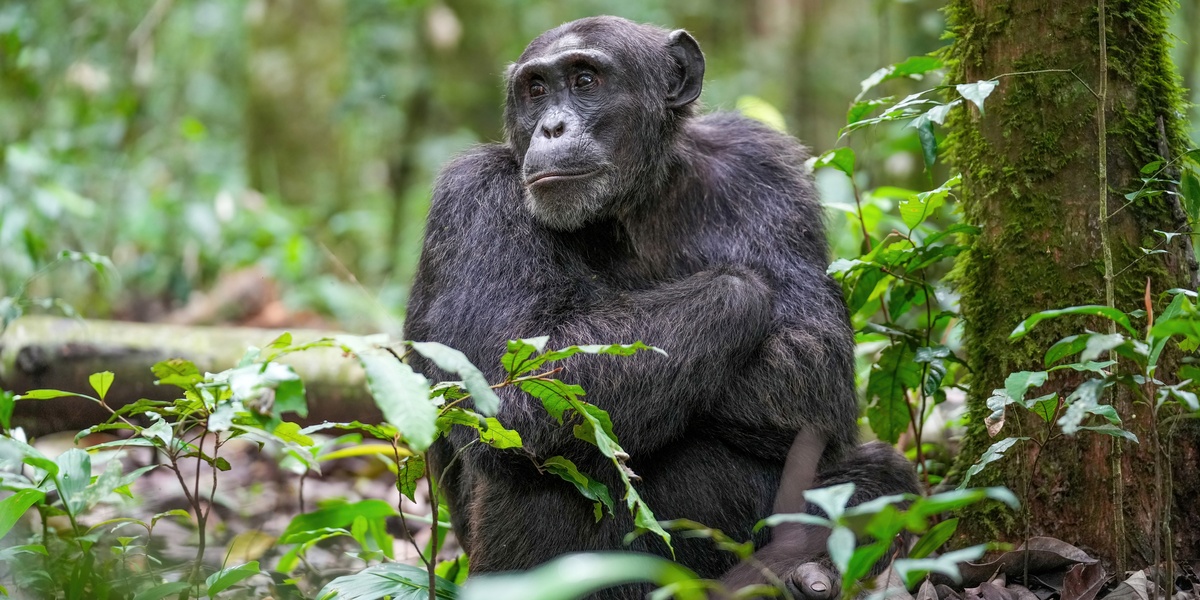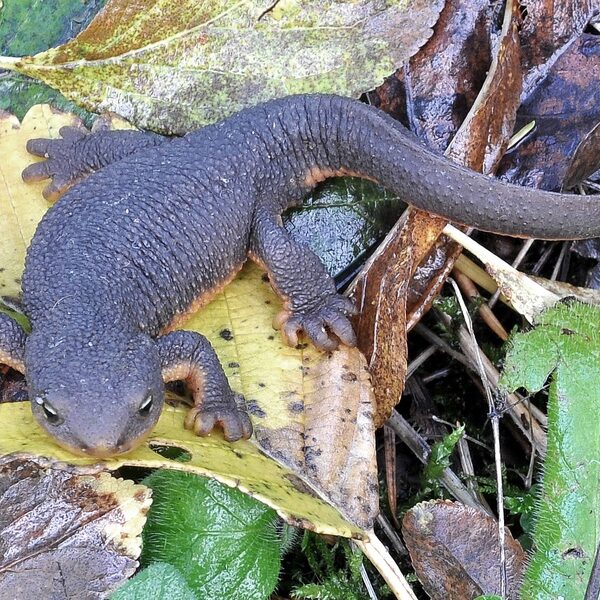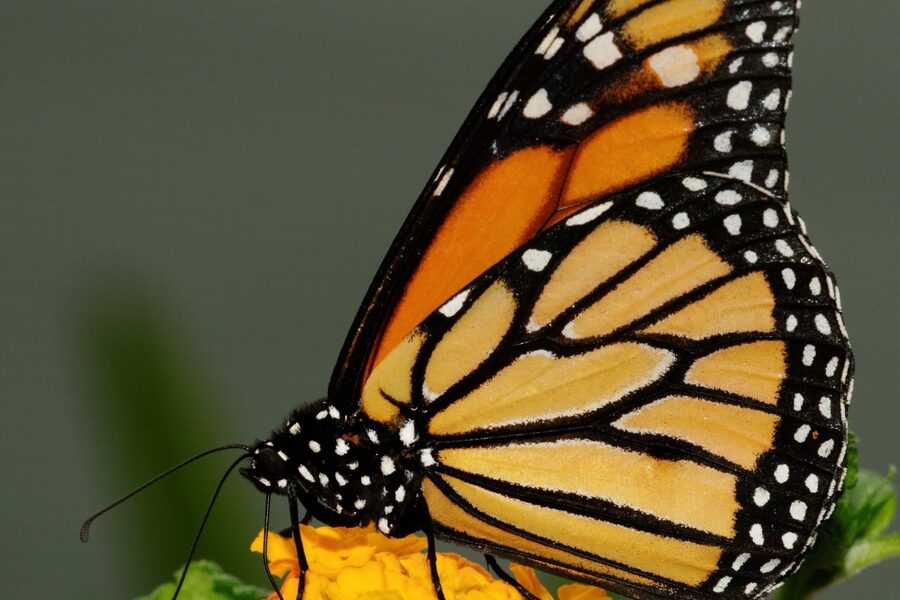Liberia’s lowland rainforests, swamps and coastal landscapes host a surprising variety of mammal life shaped by West Africa’s climate and human land use. From remote forest blocks to riverine corridors, the country’s species reflect both widespread African fauna and locally restricted forest specialists.
There are 27 Mammals of Liberia, ranging from African buffalo to Yellow-backed duiker. For each species you’ll find below the columns Scientific name,IUCN status,Range / main habitat (Liberia), so you can scan conservation status and where each species is most likely seen — you’ll find below.
Which mammals in Liberia are most at risk?
Look first at the IUCN status column to identify species under the greatest threat; forest-dependent animals tend to be most vulnerable. Examples often noted in regional assessments include the pygmy hippopotamus and certain primates, but the table below will show current listings so you can see which species are endangered, vulnerable, or near threatened.
How current is this species list and how was the data compiled?
The list compiles taxonomic names, IUCN assessments and habitat notes from standard conservation sources and regional records; the IUCN status column reflects published assessments, so use those entries as the starting point and check cited sources for the latest updates.
Mammals of Liberia
| Common name | Scientific name | IUCN status | Range / main habitat (Liberia) |
|---|---|---|---|
| Chimpanzee | Pan troglodytes | EN | Lowland rainforest, especially Sapo and Gola |
| Western gorilla | Gorilla gorilla | CR | Lowland rainforest, remnant populations in protected areas |
| Pygmy hippopotamus | Choeropsis liberiensis | EN | Forest rivers, swamps and wetlands like Sapo National Park |
| African forest elephant | Loxodonta cyclotis | CR | Dense rainforest and gallery forests, now rare |
| West African manatee | Trichechus senegalensis | VU | Rivers, estuaries and coastal lagoons |
| Diana monkey | Cercopithecus diana | EN | Upper Guinean forests, canopy of primary forest |
| Mona monkey | Cercopithecus mona | LC | Lowland forests and forest edges across Liberia |
| Sooty mangabey | Cercocebus atys | VU | Lowland forests and forest edges, near human areas |
| Olive colobus | Procolobus verus | VU | Primary rainforest canopy and riverine forest |
| Western red colobus | Piliocolobus badius | EN | Primary forests in western Liberia, canopy specialist |
| Leopard | Panthera pardus | VU | Rare in dense forests, occasional sightings in protected areas |
| Lion (extirpated) | Panthera leo | VU | Historically widespread; now extirpated from Liberia |
| African civet | Civettictis civetta | LC | Widespread in forests and mosaic habitats |
| African palm civet | Nandinia binotata | LC | Forest and secondary growth, nocturnal arboreal |
| Red river hog | Potamochoerus porcus | LC | Forest understorey and wetlands across Liberia |
| African buffalo | Syncerus caffer | LC | Woodland and forest-savanna edges, scattered populations |
| Blue duiker | Philantomba monticola | LC | Dense lowland forest undergrowth, elusive |
| Maxwell’s duiker | Philantomba maxwellii | VU | Primary and secondary forests, secretive browser |
| Yellow-backed duiker | Cephalophus silvicultor | NT | Deep rainforest, solitary and shy |
| Bay duiker | Cephalophus dorsalis | EN | Primary rainforest, rare due to hunting pressure |
| White-bellied pangolin | Phataginus tricuspis | CR | Lowland forests and secondary growth, arboreal |
| Gambian pouched rat | Cricetomys gambianus | LC | Forest edges, savanna mosaics and near settlements |
| Greater cane rat | Thryonomys swinderianus | LC | Wet grasslands, farm edges and gallery forests |
| Straw-coloured fruit bat | Eidolon helvum | LC | Roosts in large trees, forages over forest and savanna |
| Potto | Perodicticus potto | LC | Slow-moving nocturnal primate in forests and secondary growth |
| Marsh mongoose | Atilax paludinosus | LC | Wetlands, marshes and riverine forest habitats |
| Large-spotted genet | Genetta maculata | LC | Forests and woodland mosaics, nocturnal hunter |
Images and Descriptions
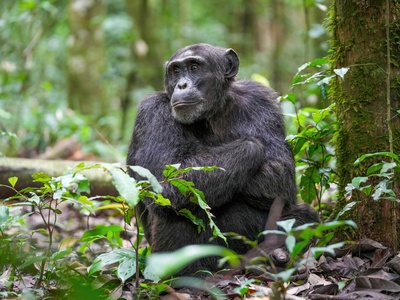
Chimpanzee
Intelligent great ape famous for tool use and social groups. Endangered from hunting and habitat loss; best seen in remote rainforest reserves such as Sapo and Gola where small populations persist.

Western gorilla
Massive, gentle forest ape living in family groups. Critically endangered from poaching and disease; rare in Liberia’s intact rainforests and mainly confined to protected strongholds.
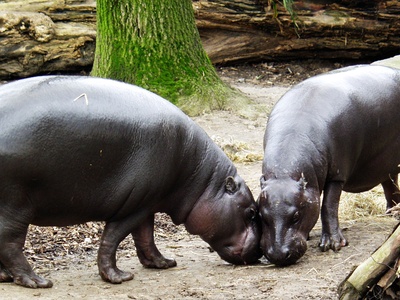
Pygmy hippopotamus
Smaller than the common hippo and secretive, preferring forest streams and swamps. Endangered and elusive; Liberia is a key stronghold for this shy species.
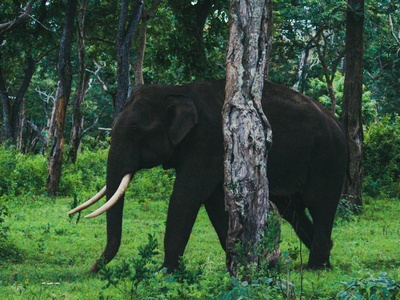
African forest elephant
Smaller, straighter-tusked forest elephant adapted to dense jungle. Critically endangered due to poaching and habitat loss; sightings are rare but Liberia retains remnant populations.
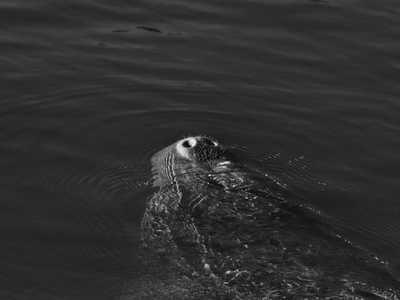
West African manatee
Large, slow-moving aquatic mammal found in freshwater and coastal systems. Vulnerable to hunting and habitat degradation; occasionally seen in Liberian rivers and estuaries.
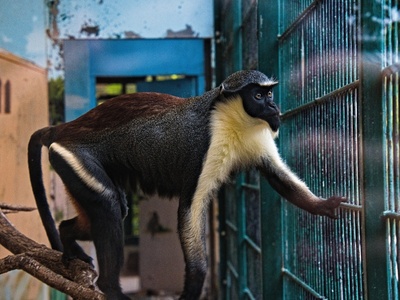
Diana monkey
Striking monkey with a white throat and cheek tufts. Endangered by hunting and forest loss; primarily inhabits primary rainforest canopy in Liberia.
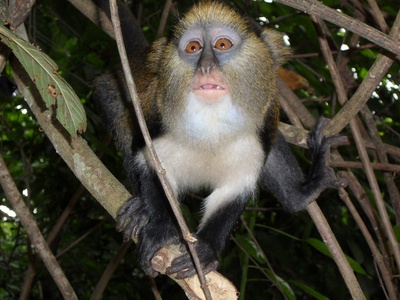
Mona monkey
Playful, medium-sized monkey common in West African forests. Generally adaptable and often found near forest edges and secondary growth.

Sooty mangabey
Robust, ground-foraging monkey found in forest and secondary growth. Vulnerable due to hunting and habitat fragmentation but still encountered in parts of Liberia.
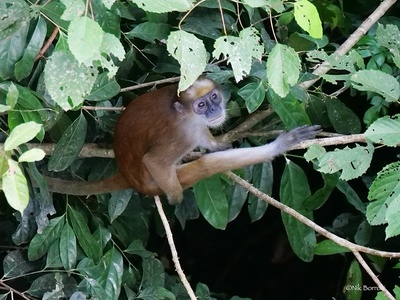
Olive colobus
Small, shy leaf-eating monkey that travels in small groups high in the canopy. Vulnerable with patchy populations in Liberia’s remaining primary forests.
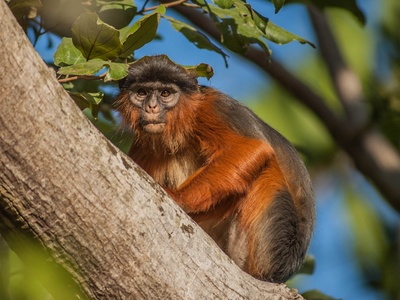
Western red colobus
Fragmented tree-dwelling monkey with complex social groups. Endangered from hunting and logging; associated with mature primary forest canopy.
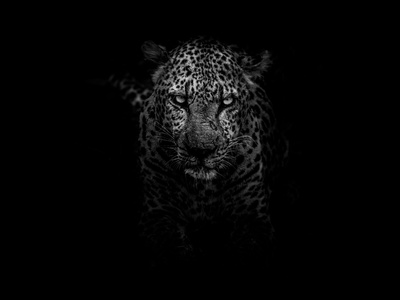
Leopard
Secretive big cat adapted to forest life. Vulnerable and very rare in Liberia due to habitat loss and hunting; most likely seen only in remote protected areas.
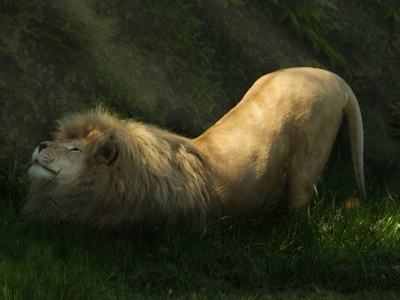
Lion (extirpated)
Once present across savanna and open woodland, the lion is now locally extinct in Liberia. Historically a top predator, its loss reflects long-term habitat change and hunting.
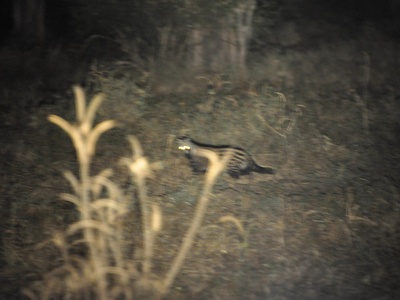
African civet
Nocturnal omnivore known for strong scent glands used in perfume. Widespread and adaptable across forested habitats; often active at night near human settlements.

African palm civet
Arboreal, catlike mammal active at night. Secretive but common in forest and disturbed habitats; feeds on fruit and small animals.

Red river hog
Colorful forest pig with reddish fur and white facial markings. Common in moist forest undergrowth and swampy areas; often heard rooting at night.
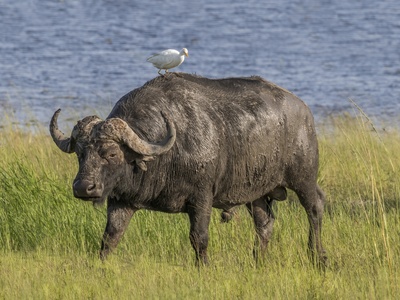
African buffalo
Large bovid occurring in woodland and open forest margins. Populations are patchy in Liberia but buffalo persist where hunting is lower.
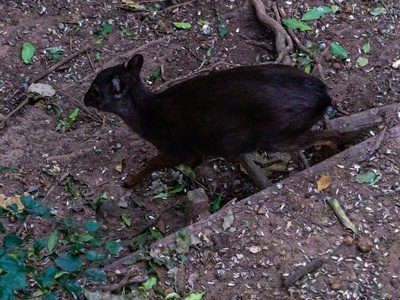
Blue duiker
Tiny forest antelope that stays hidden in thick undergrowth. Common in intact forests but seldom seen due to secretive habits.

Maxwell’s duiker
Small forest antelope preferring dense vegetation. Vulnerable to hunting and habitat loss; shy and often detected by subtle movement or calls.
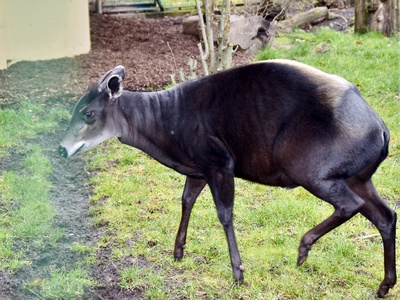
Yellow-backed duiker
Medium-sized forest duiker with a distinctive yellow saddle. Near-threatened from bushmeat hunting; prefers deep, undisturbed rainforest.
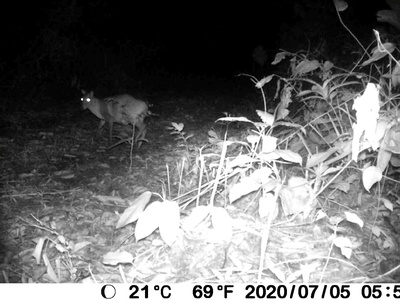
Bay duiker
Small, reddish-brown duiker specialized for primary forest. Endangered and heavily impacted by hunting; encounters are uncommon in Liberia.

White-bellied pangolin
Small, nocturnal, scale-covered mammal hunted for scales and meat. Critically endangered across West Africa; Liberia remains important for its conservation.
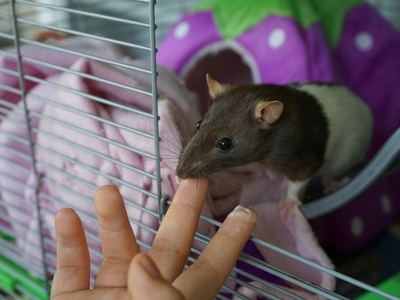
Gambian pouched rat
Large, ground-dwelling rodent known for its cheek pouches. Widespread and adaptable; commonly found near villages and in secondary habitats.
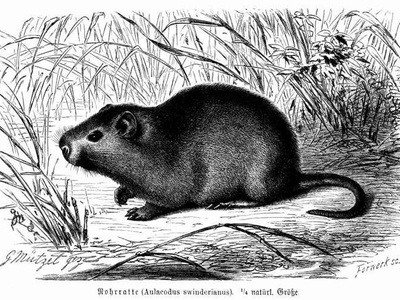
Greater cane rat
Robust grass-eating rodent often found near water and agricultural fields. Common locally and an important bushmeat species.
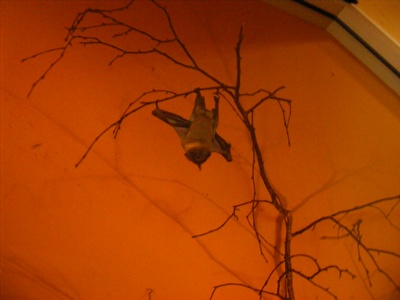
Straw-coloured fruit bat
Large migratory fruit bat that forms daytime colonies in trees. Important seed disperser and commonly seen in suitable roosting sites.
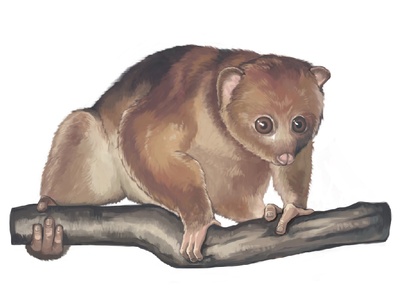
Potto
Nocturnal, slow-climbing primate with a compact body and strong grip. Widespread in forested areas, often overlooked due to secretive habits.
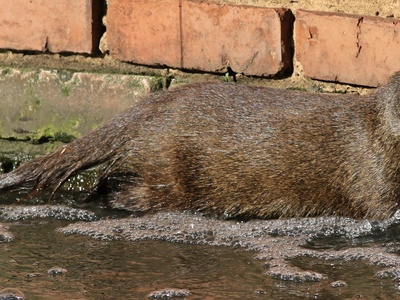
Marsh mongoose
Small, semi-aquatic carnivore often found along waterways and wetlands. Feeds on crustaceans and small vertebrates; secretive and mainly nocturnal.
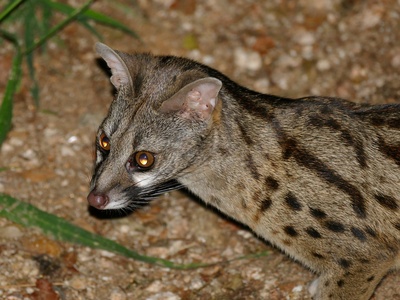
Large-spotted genet
Slender, nocturnal carnivore with spotted fur and a long tail. Common in a range of wooded habitats and active at night.
